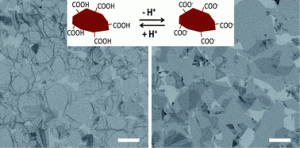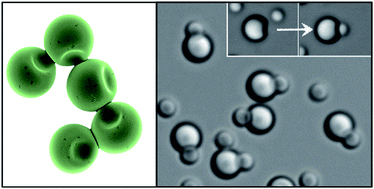We are delighted to announce a high-profile themed issue on Biomimetic Soft Matter to be published in 2011. Professor Ian Hamley (University of Reading and Diamond Light Source, UK) is the Guest Editor and it is our pleasure to invite you to submit to this themed issue.
It now seems particularly timely to publish a focused set of articles covering new interdisciplinary research on biomimetic soft matter. This area is the subject of considerable international research activity, stimulated by recent developments in synthesis, characterization and modelling methodologies. The issue will feature contributions on the self-assembly of bioinspired peptide and protein constructs, DNA hybrids, biomimetic polymers, bio-inspired templating of inorganic materials, biomimetic cell growth media and tissue scaffolds and many other aspects of this fascinating subject.
The deadline for the receipt of manuscripts for this themed issue is 4th April 2011.
Submissions, either communications or full papers, should be high-quality manuscripts of original, unpublished research, containing important new insight. All submissions will be subject to rigorous peer review to meet the usual high standards of Soft Matter. Accepted manuscripts will be shown to the Guest Editor to ensure they are suitable for the scope of the themed issue.
Manuscripts can be submitted using our online submission service. Please state in your covering letter that your article was submitted in response to the Call for Papers for the themed issue on Biomimetic Soft Matter.
Comments Off on Themed issue on Biomimetic Soft Matter: Call for Papers













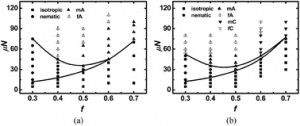
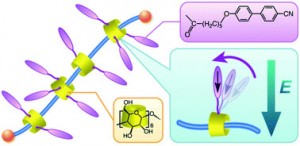
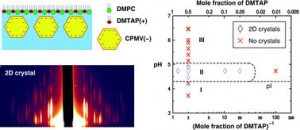
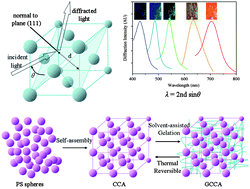
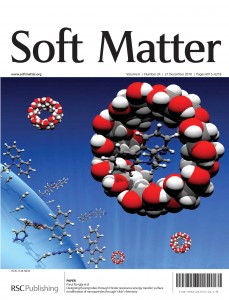
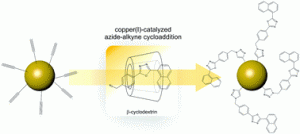
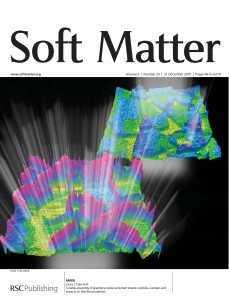 The inside front cover highlights ‘Tunable assembly of graphene oxide surfactant sheets: wrinkles, overlaps and impacts on thin film properties’ by Laura J. Cote, Jaemyung Kim, Zhen Zhang, Cheng Sun and Jiaxing Huang.
The inside front cover highlights ‘Tunable assembly of graphene oxide surfactant sheets: wrinkles, overlaps and impacts on thin film properties’ by Laura J. Cote, Jaemyung Kim, Zhen Zhang, Cheng Sun and Jiaxing Huang.